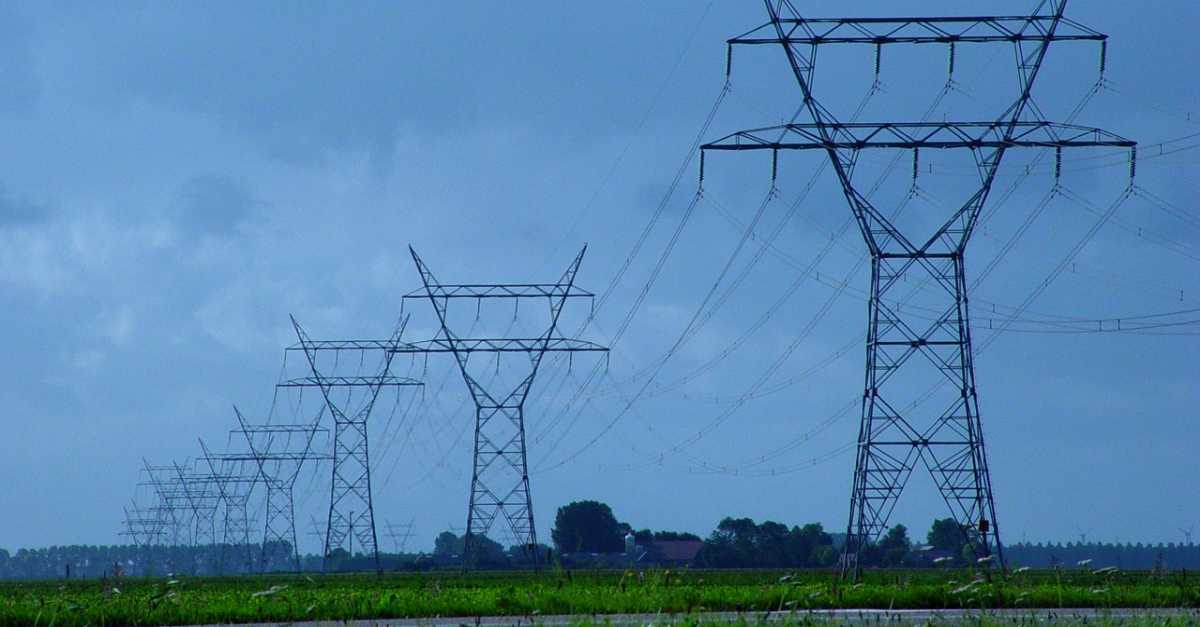Resource Adequacy and Productive Markets Ultimately Benefit Customers
AMP believes that public power can play a unique role in ensuring resource adequacy.



Resource adequacy means having power plants and other resources available to keep the lights on and meet the demand of consumers, along with an extra amount to cover any unexpected conditions like extreme weather. American Municipal Power, Inc. (AMP), as the nonprofit wholesale power supplier to more than 130 public power Members across nine states, believes that public power plays a unique role in ensuring resource adequacy. This is because AMP has long advocated for a sustainable, common-sense approach that uses a variety of resources based on local choices to protect end-use customers by ensuring reliable and affordable electricity.
Recently, the Federal Energy Regulatory Commission explored the issue of resource adequacy at a technical conference where it invited representatives from industry, government, and other organizations to discuss resource adequacy in regional transmission organization (RTO) and independent system operator (ISO) regions. AMP submitted written comments in advance and Steven Lieberman, AMP Vice President of Transmission and Regulatory Affairs, shared AMP’s viewpoint on a panel addressing “MISO’s Resource Adequacy Challenge.”
Resource Adequacy Key Component to Grid Reliability
AMP explained that resource adequacy, the ability of the electric grid to meet end-users’ power demand at any time, is a key component of overall grid reliability. It is measured by planning metrics, and different RTOs and ISOs use different resource adequacy designs to achieve the expected level of grid reliability. And therein lies a problem: A wholly well-functioning resource adequacy design does not exist within any RTO or ISO.
A second problem is that resource adequacy designs are continually being revised. This results in regulatory uncertainty and hinders long-term investment in the essential generation resources that help meet the growing demand for reliable electricity. For a resource adequacy design to work properly without the need for constant revisions, AMP believes it requires these five characteristics:
- Flexibility: The design must be flexible enough to address any external issue that could have an impact on the design without compromising the goal of procuring sufficient resources to meet grid reliability requirements.
- Optionality: It must include viable options for load-serving entities and electric distribution companies to self-supply capacity resources.
- Actionable: The price signals must allow enough time for existing and planned generation and load to react in advance of the delivery year.
- Granularity: A good design must value capacity based on when it is available and needed in order to meet demand — not by seasons or on an annual basis, which could cause over-procurement of resources and extra costs.
- Attributive: A good design must secure capacity based on resource attributes — such as ramping capability, fuel security, storage capability and quick-start capability — and not treat all capacity the same, without consideration of resource attributes.
Productive energy markets, along with a holistic design for resource adequacy, are critical elements needed to ensure a reliable power supply. A piecemeal approach to reform will not work when projections show that the existing power plants and new generation coming online will struggle to meet the expected growth in demand.
The U.S. Department of Energy (DOE) on July 7 released its Report on Evaluating U.S. Grid Reliability and Security, as well as an accompanying fact sheet. The DOE’s report warns that the power grid may not be able to meet rising electricity needs, estimating that by 2030 there will be approximately 104 gigawatts (GW) of generation taken offline by plant retirements and the addition of only 22 GW of firm baseload generation resources. As a result, the risk of outages could increase compared to current averages. The report serves to underscore the importance of a well-designed plan for resource adequacy.
Public power dedicated to ensuring reliability
Public power utilities, like other electricity providers, are dedicated to ensuring resource adequacy, and their continued representation in the stakeholder process and input into decision-making is critically important. Public power utilities are guided by a unique approach and viewpoint that promotes local control and community benefits because they operate solely to provide service to customers. Public power offers a long-term view in that we promote the development and investment in generation resources for the life of the projects, in order to provide price stability for the community and its customer-owners.
Public power is also bound by certain requirements that other utilities may not be. For example, public power has the ability to use tax-exempt bonds to help fund the development of generating resources needed to meet resource adequacy. However, public power is bound by strict requirements on the use of those bonds — most importantly, a prohibition on speculation. Public power organizations using tax-exempt bonds to fund the development of generation resources must ensure that the output of the financed generation resource serves its customers’ electric demand.
For this reason, public power is often in a “net short” position and relies on the market through spot purchases and power purchase agreements with independent power producers, among other arrangements, to meet some portion of customers’ power needs. A holistic resource adequacy design and productive wholesale electricity markets are essential for public power utilities to fulfill their mission to provide reliable, affordable electricity to their customer-owners.
AMP’s viewpoint is driven by pro-competition principles and decades of experience. We have seen competitive forces combined with appropriate market power mitigation rules enhance the ability of public power systems to serve their communities. AMP will continue to advocate for resource adequacy and productive markets that preserve local decision-making — ultimately benefiting all electric consumers.